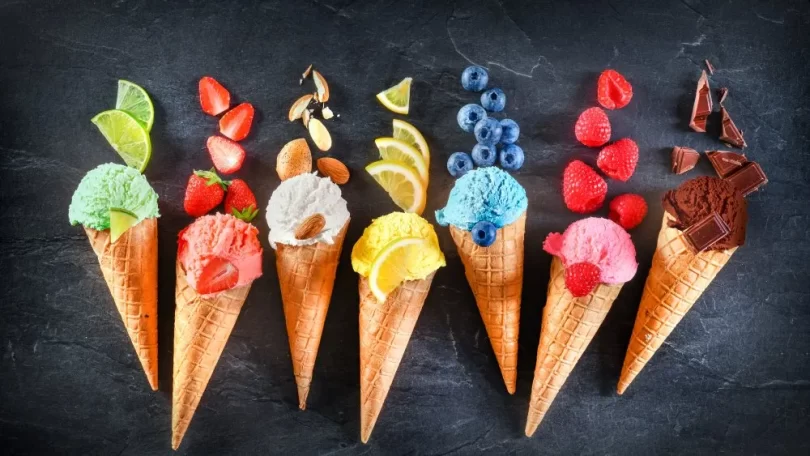Few treats hold the same enchanting power over us as ice cream. From the moment it touches our tongue to the last satisfying spoonful, this frozen dessert seems to cast a spell that keeps us coming back for more. The science behind ice cream’s addictive nature is fascinating, involving a complex interplay of biological, psychological, and social factors that make it nearly impossible to resist.
Sugar and Dopamine ResponseThe high sugar content in ice cream triggers an intense dopamine release in our brains, creating a powerful reward response similar to what occurs with certain addictive substances. When we eat ice cream, our brains quickly learn to associate this creamy treat with pleasure, leading us to crave it more frequently.
Perfect Fat-to-Sugar RatioIce cream’s addictive nature partly stems from its optimal blend of fats and sugars. Even when ordering ice cream online, you’ll find that most premium ice creams contain around 10-16% fat and 14-17% sugar, a combination that humans have evolved to find irresistible.
Temperature and Sensory ExperienceThe cold temperature of ice cream adds to its allure. When the frozen treat hits our tongue, it creates a complex sensory experience that includes:
* The initial cooling sensation that activates specific receptors in our mouth* The gradual melting process that releases flavors slowly* The temperature contrast that makes each bite feel refreshing and novel
Creamy MouthfeelThe smooth, creamy texture of ice cream creates a luxurious mouthfeel that we naturally associate with rich, calorie-dense foods. This sensation comes from how fat globules and air bubbles are distributed throughout the frozen mixture, creating a texture that literally melts in our mouths. The experience is so pleasurable that our brains quickly learn to crave this specific sensation.
Childhood Memories and Emotional ConnectionMany of us associate ice cream with positive childhood memories, celebrations, and comfort. These emotional connections strengthen our attachment to ice cream, making it more than just a food but rather a source of nostalgia and happiness. The psychological component of ice cream addiction shouldn’t be underestimated.
Variety and NoveltyThe endless variety of flavors available keeps us coming back for more. Ice cream manufacturers constantly introduce new combinations and innovative mix-ins, preventing flavor fatigue and maintaining our interest.
The Melting RaceThe time-sensitive nature of eating ice cream creates a unique urgency that adds to its appeal. We must consume it before it melts, which can lead to faster eating and less mindful consumption, making it easier to overeat before our bodies register fullness.
Accessibility and ConvenienceModern life makes ice cream incredibly accessible. With convenience stores, home freezers, and ice cream shops everywhere, we can satisfy our cravings almost instantly. This easy access reinforces the addictive cycle.
Social ReinforcementIce cream is often enjoyed in social settings, which strengthens its positive associations. Whether it’s a date at an ice cream parlor or a family gathering with sundaes, these social experiences enhance our emotional connection to the dessert.
Complex Flavor ProfilesPremium ice creams often feature multiple flavor components that create a sophisticated taste experience. The combination of sweet, creamy, salty, and sometimes bitter elements engages multiple taste receptors simultaneously.
The Perfect Serving TemperatureAt around 10-12°F (-12 to -11°C), ice cream hits the perfect temperature sweet spot where flavors are most pronounced, and the texture is optimally creamy. This precise temperature maximizes both taste and pleasure.
Caloric DensityIce cream’s high caloric density means it provides a significant energy boost, which our bodies are programmed to seek out. This biological drive to consume calorie-rich foods made sense for survival in our evolutionary past but now contributes to its addictive nature.
Marketing and PresentationThe way ice cream is marketed and presented plays a crucial role in its addictive quality. Beautiful packaging, appetizing photos, and strategic advertising all contribute to making ice cream nearly irresistible.
Understanding why ice cream has such a powerful hold over us doesn’t make it any less appealing, but it does help explain our seemingly insatiable cravings for this beloved dessert. After all, sometimes the most delightful experiences are the ones we can’t fully resist.







